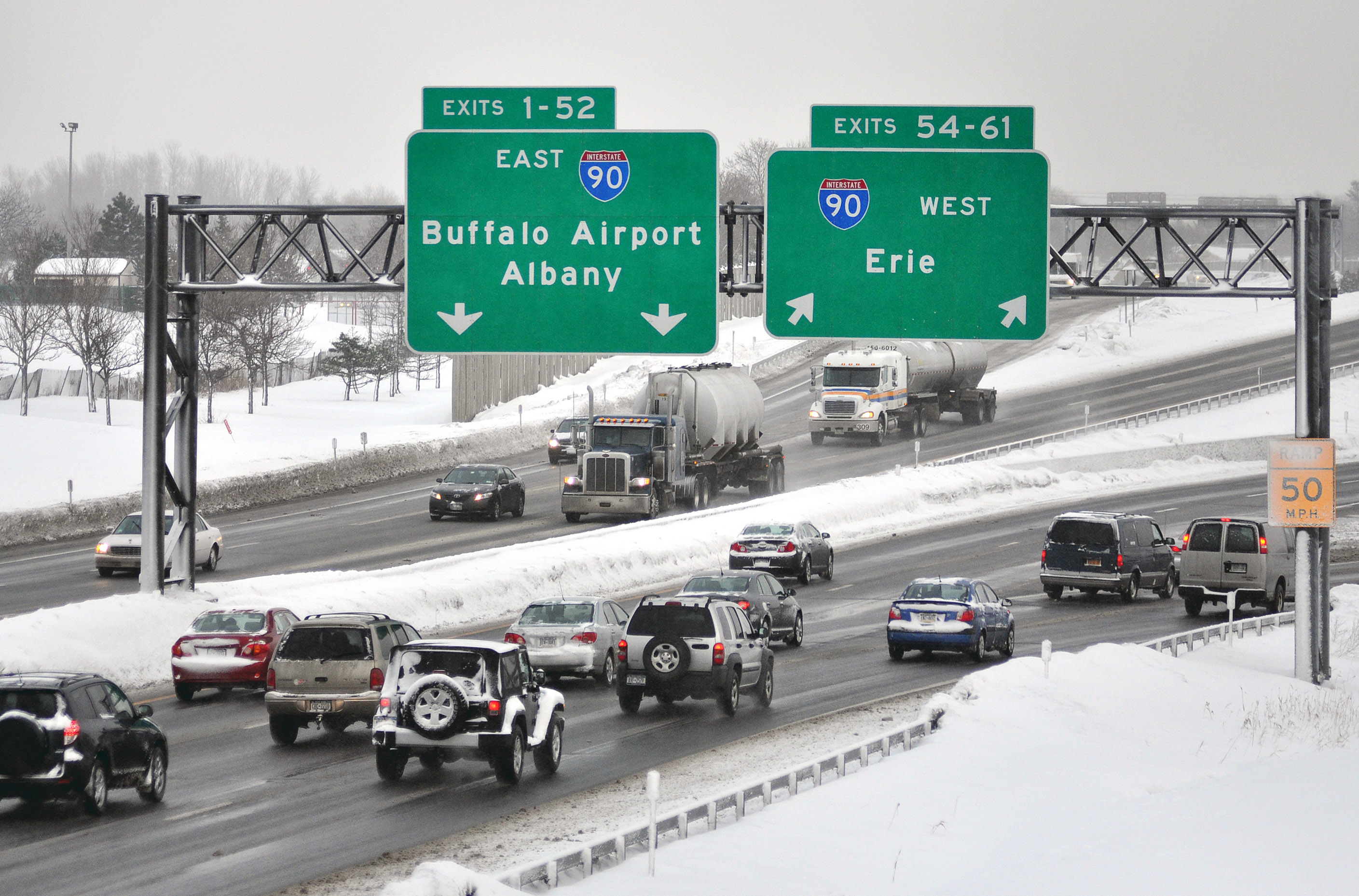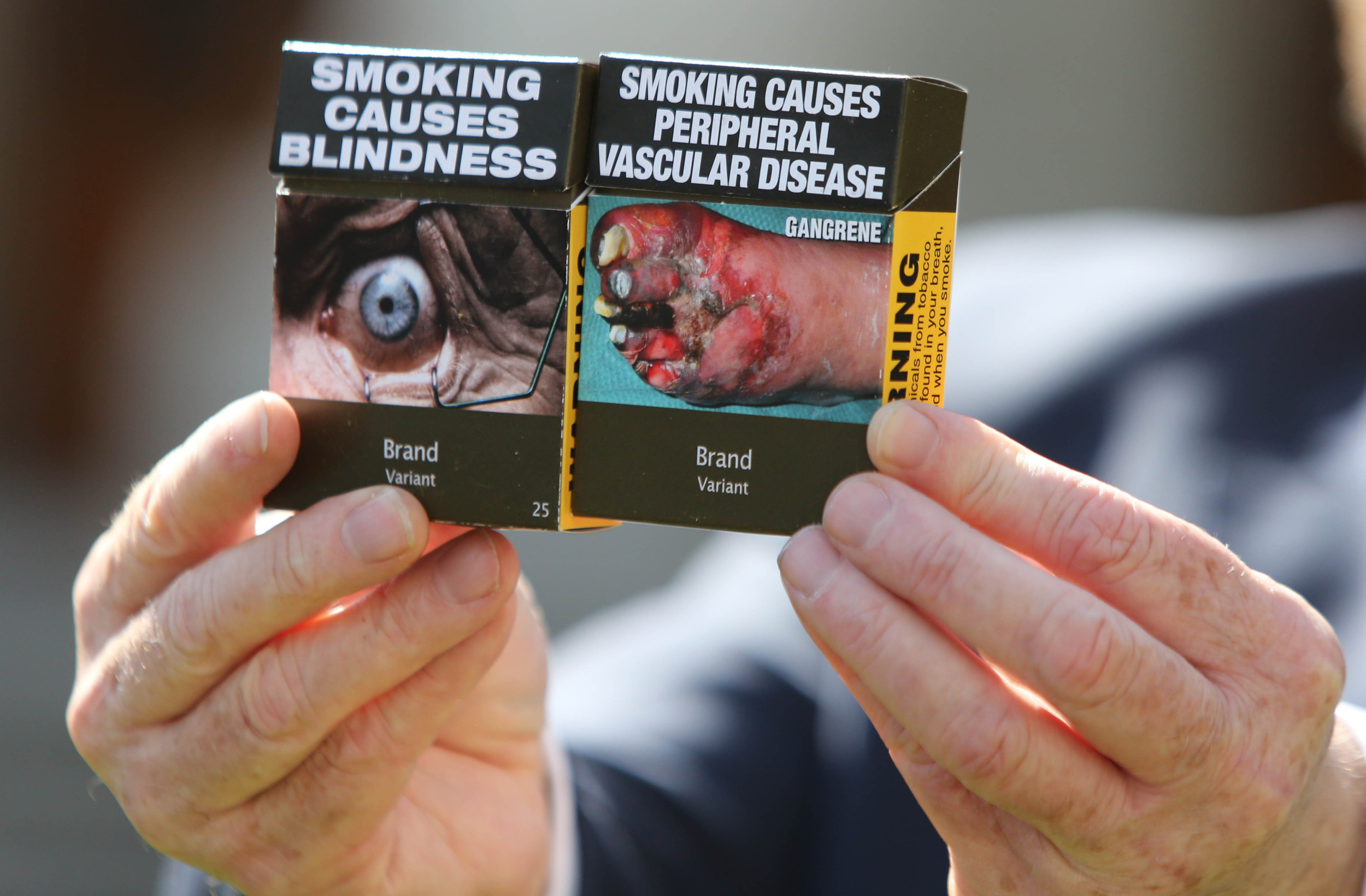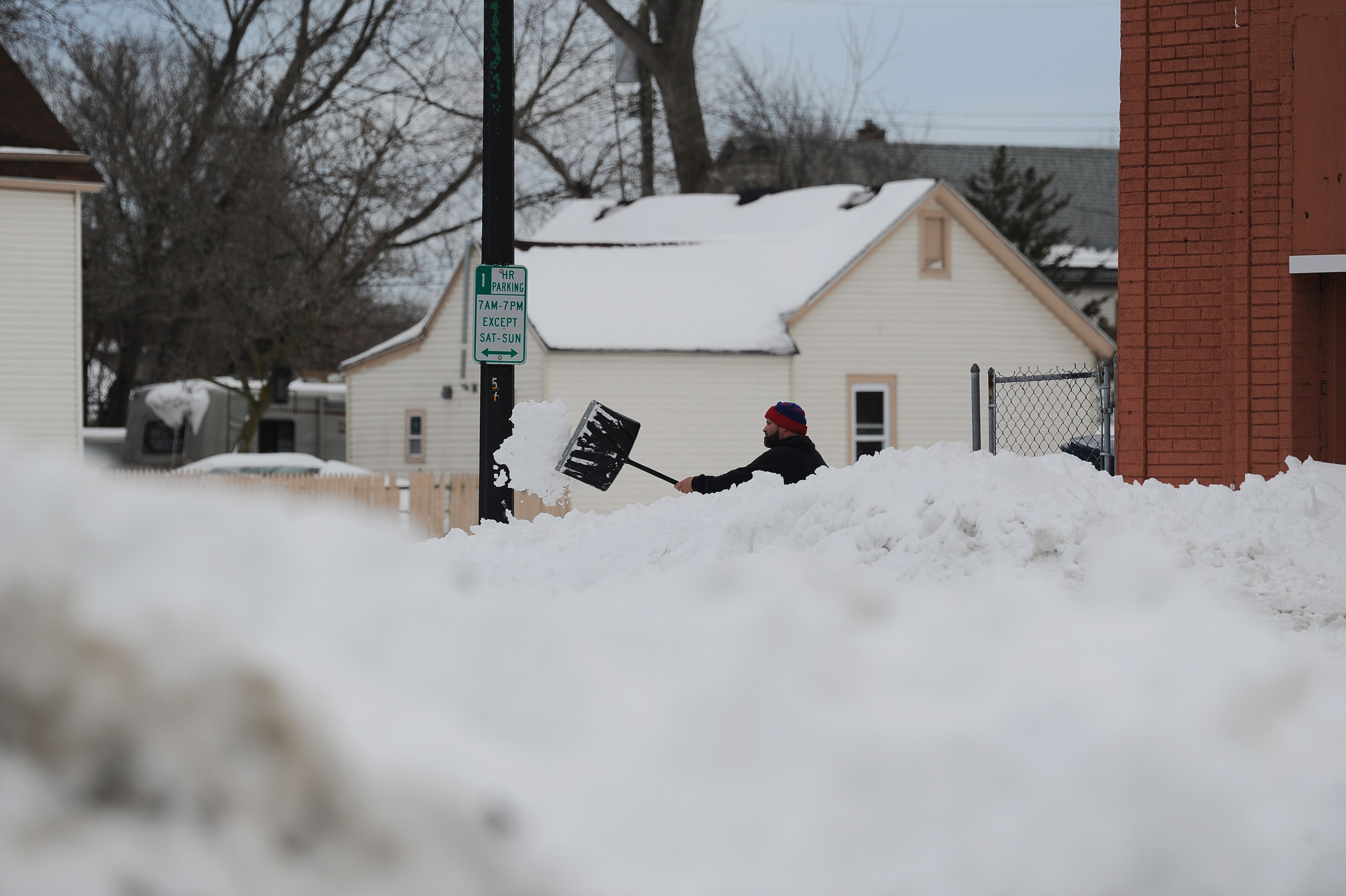English and Spanish are the most common languages spoken in the U.S. but where do the rest rank? Newsweek has mapped tongues from other motherlands, and German comes third.
In total, 13 states speak German the most frequently aside from English and Spanish, according to data collected by wordfinderx.com.
Spanish is the most common non-English language spoken in U.S, with 62 percent of homes speaking it in 2019, according to U.S. Census data.
As the prevalence of Spanish language has grown in America, so has the fight to register English as the nation's official language.
In 2023, Vice President-elect JD Vance introduced legislation to make English the official language of the U.S, citing that 31 states already had English as their official language.
President-elect Donald Trump also frequently referred to this phenomenon during his 2016 U.S. Presidential campaign. "This is a country where we speak English. It's English. You have to speak English," he said, according to the BBC.
According to the data, German was popular across the Midwest, West and further South, in the states of Idaho, Montana, Wyoming, North Dakota, Colorado, Nebraska, Wisconsin, Missouri, Indiana, West Virginia, Kentucky, Arkansas, and Alabama.
Other popular languages included French, which was big in the Northeast and a few states in the South.
Portuguese was also popular in the Northeast, as well as in Utah. Arabic featured in the Midwest, and also further south, in Tennessee.
In the West, Washington and California had Chinese as their most popular language besides English and Spanish, but the language was also somewhat prevalent across the rest of the country.
Explaining why German was one of the most widely spoken languages, Yale University Linguistics Professor Claire Bowern told Newsweek that it is "because of immigration in 18th and 19th Centuries" that German is so widely spoken in the Midwest.
She said that in the original 13 colonies of the U.S., there were "immigrants from many European nations."
European colonization of America began as early as the 16th Century, when the Spaniards traveled to the U.S. after it was discovered by Christopher Columbus, according to the World History Encyclopedia.
The Netherlands and Sweden also claimed different parts of the U.S, while France claimed territory in Canada, and in the 17th Century the English established their own colony in America as well.
After a series of conflicts, England gained a lot more territory in America and "predominated in the centers of power, which is why the U.S. is a largely English-speaking nation today," Professor Bowern said.
However, outside of that, she added "there were substantial communities of German, Spanish, French, Cherokee, Navajo and other language communities as well."
Discussing the wide diversity of languages in America, she said that the U.S. has "always been a multilingual country, even before it was officially the U.S, with over 300 Indigenous languages, only two of which are mentioned in the data, presumably since the numbers of speakers are quite small."
"The U.S. is also home to several signed languages," Professor Bowern told Newsweek, mentioning American Sign Language and Plains Indian Sign language to name a few.
She concluded that the country's "linguistic diversity has been added to and continues."
While there were once more than 300 indigenous languages spoken in the U.S, according to Babbel, there are now only around 175 left, with predictions that only 20 will be spoken in 2050.
One of the hundreds of Indigenous languages of the U.S. is Aleut, most widely spoken in Alaska, excluding English and Spanish.
Eskimo-Aleut is also spoken in the islands off the coast of Siberia, but it is thought that fewer than 200 people in the state still speak the language today, most of them elders, according to native-languages.org.
Another indigenous language is Dakota, which had the most speakers in South Dakota, again excluding English and Spanish.
Dakota is one of the Siouan languages, and very similar to Lakota, a difference comparable to that of British English and American English, according to native-languages.org.
It is thought that around 26,000 people still speak Lakota and Dakota in the U.S. and Canada.
Do you have a story Newsweek should be covering? Do you have any questions about this story? Contact LiveNews@newsweek.com.



















 English (US) ·
English (US) ·